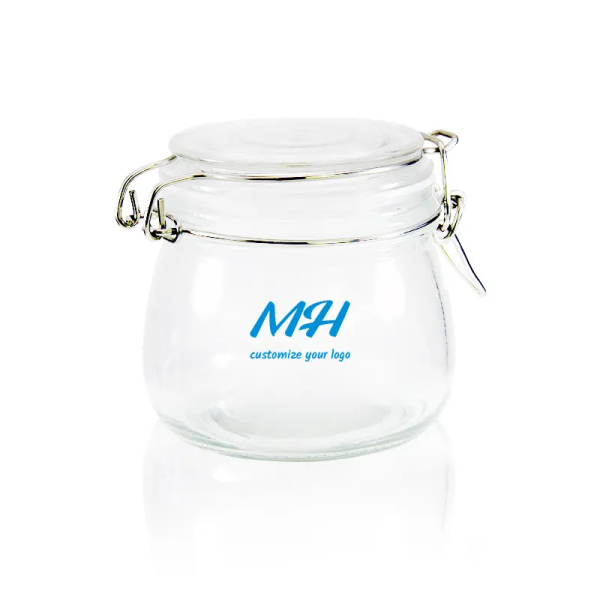Properly sealing mason jars is rather important, if one wants to preserve foods and other products stored in those jars to remain fresh and tasty for a long time. So it will be interesting for an enthusiastic home canner or an active preserver to learn how valuable proper sealing techniques really are. It assists in maintaining the freshness of your fruits, vegetables, soups, and other home prepared foods items and delays or forbids the growth of spoiling microbes. So today in this guide, you are going to read the most effective techniques along with some tricks you should follow to seal the mason jars properly to preserve the flavor and health of their contents the same way they were sealed initially.

How to Seal Mason Jars: Essential Techniques to Get Started
In particular, the following tactics help begin the process of sealing mason jars appropriately. Starting with choosing the correct jars and lids. Both should be free from crack, chip or dent that could compromise the seal between the two. Gather your jars and lids – wash them with warm water and with soap and make sure that they are cleaned well, then rinsed with warm water and left to dry. It’s also recommended to sterilize the jars through soaking them in boiling water or putting them in the dishwasher on sterilize.
As for the contents, they must also be correctly prepared next step as well as the process of their preparation. Hot packing does involve the cooking of the food and placing of the food directly into the jars. Raw-packing is defined as putting uncooked food into the jars, and pouring hot liquid over it. Both these methods if followed by a proper canning technique guarantee the safety of the content inside the cans.

Best Methods for Sealing Mason Jars for Long-Lasting Freshness
There are two primary methods for sealing mason jars: These are water bath canning and pressure canning.
Water Bath Canning: This method is great for the kind of foods that contain high levels of acid, such as fruits, jams, jellies and pickles. It includes placing already filled pots with other jars submerged in a large pot of boiling water for a given time. The heat process kills bacteria, yeasts and moulds and at the same time, the jars are left under a vacuum seal as the cool.
Pressure Canning: Pressure canning applies heat to low-acid foods such as vegetables, meats and soups that requires jars to be sealed within a pressure canner. This method takes even higher temperature than that used in water bath canning, making sure that even resistant bacteria such as Clostridium botulinum are destroyed.
Make certain the recipe you use includes canning times and temperatures since these two factors are very decisive of the food’s safety and shelf life.
Steps to Properly Seal Mason Jars for Maximum Freshness and Shelf Life

To seal mason jars properly, follow these steps:
1. Prepare Jars and Lids: Disinfect jars and admit the lids according to the directions of the manufacturer.
2. Fill Jars with Food: Headroom as the recipe indicates should be left behind.
3. Remove Air Bubbles: Get a non-metallic utensil to dear any trapped air.
4. Wipe the Rims: Check if the rims are clean, and even if they still have food particles sticking at them.
5. Apply Lids and Bands: Put the covered lids onto jars and twist the bands until they are next to fingertip tight.
6. Process Properly: Can using the water bath or pressure canning depending on the food kind and recipe characteristics.
7. Cool and Check Seals: After processing – cool jars on a towel as untouched for 12-24 hours. Check seals by pressing the center of the jar lid down; a sealed jar lid will not move up and down in the middle.
Tips for Airtight Sealing of Mason Jars to Preserve Flavor and Quality
This is true especially because acquiring a tight seal is very important in order to maintain this meal in mason jars. Here are some practical tips:
Headspace: They leave enough gaps on the top of the jar when they are recommending how much headspace is advisable. This space is required, for the components to expand during the required processing and to also form a SEAL VACUUM test.
Removing Air Bubbles: Before sealing twist, it is advisable to use a non- metallic instrument such as a plastic spatula or chopstick along the inner rim of the lid to encourage the release of any locked inside air bubbles. Free air is dangerous in that it can compromise the seal and accelerate spoilt or spoilage processes.
Wiping Rims: Cleaning the rim of the jars: using a clean cloth moistened with water rinse the rims of the jars to prevent any food remaining on the surfaces of the jar from sticking to the lids when sealing. A residue of even a tiny size is capable of giving a gap, and this interrupts airtight seal.
Positioning Lids: Screw the lids (which have been processed following the manufacturer’s guidelines) to the jars with the sealing compound making a direct contact with the jar’s glass edge.
Tightening Bands: Tighten the metal bands just until they barely reach fingertips; do not apply too much pressure as this will change and actually affect the tightness of the seal.
 EN
EN AR
AR BG
BG HR
HR CS
CS DA
DA NL
NL FI
FI FR
FR DE
DE EL
EL HI
HI IT
IT JA
JA KO
KO NO
NO PL
PL PT
PT RO
RO RU
RU ES
ES SV
SV TL
TL IW
IW ID
ID LV
LV LT
LT SR
SR SK
SK SL
SL UK
UK VI
VI HU
HU TH
TH TR
TR FA
FA GA
GA LA
LA MI
MI MN
MN

